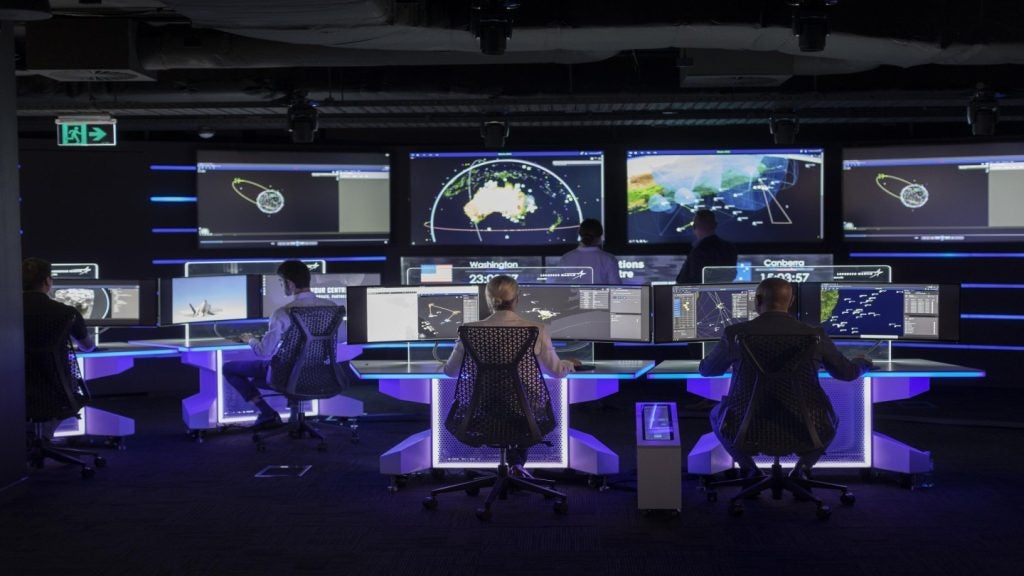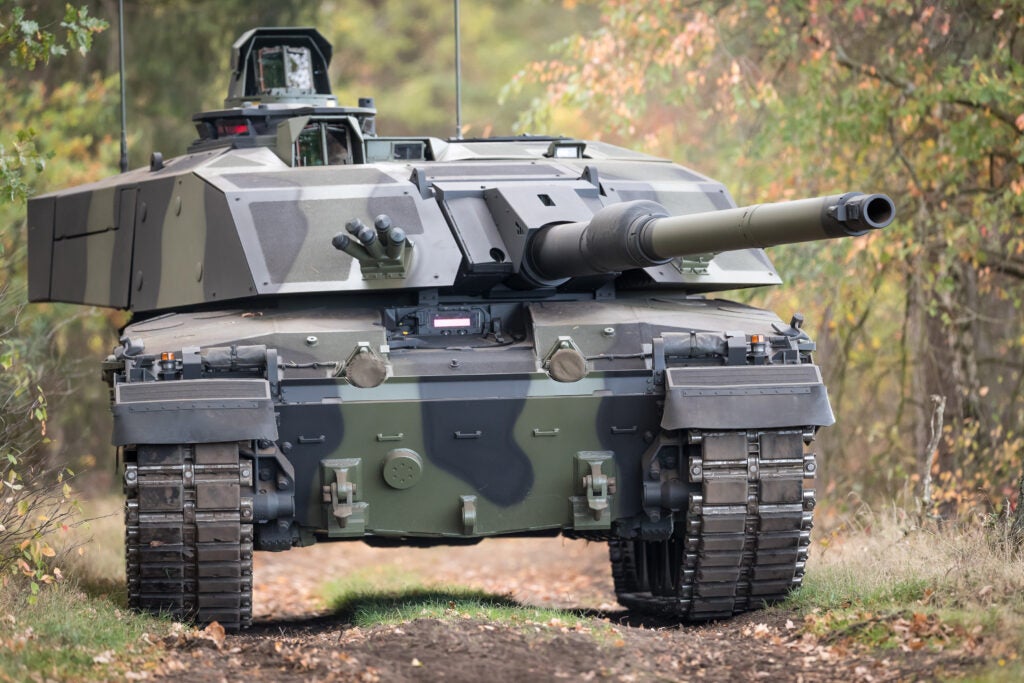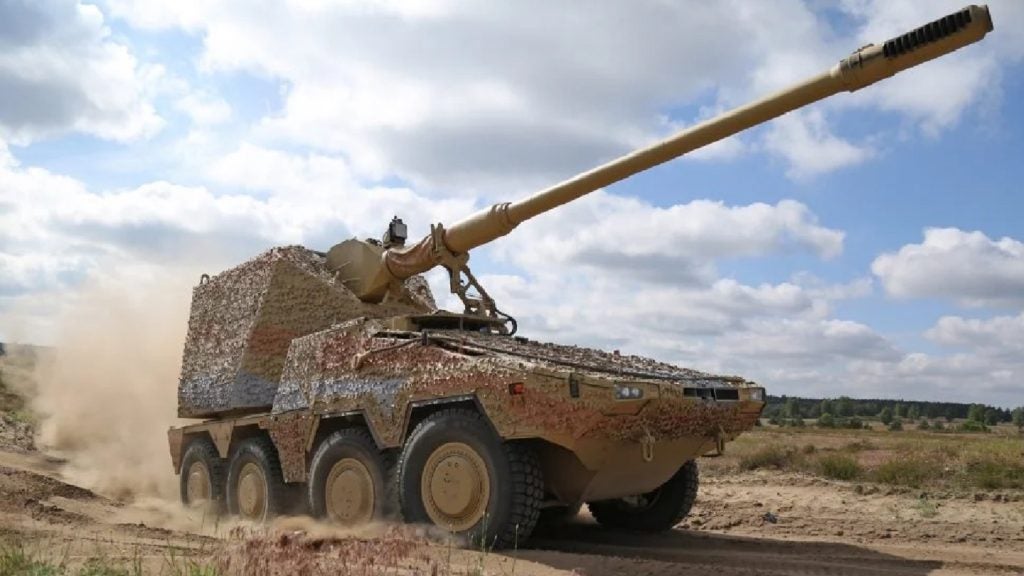The US Army Program Executive Office of Simulation, Training and Instrumentation (PEO STRI) has taken delivery of the first digital air ground integration range (DAGIR) from Lockheed Martin.
Delivered under the digital range training system (DRTS) programme, the range is located at Fort Bliss, Texas, US, and is designed to enable the army to conduct more realistic live-fire training and improve learning processes.
In particular, the DAGIR allows ground manoeuvre units and attack aviation to coordinate, synchronise and engage targets in the same battlefield for maximum weapons training effectiveness.
Lockheed Martin Mission System and Training business training solutions vice-president Jim Weitzel said: "The digital air ground integration range offers more realistic training, helping soldiers, crews and platoons build confidence as they prepare for missions they’ll face in today’s operational environment.
"As the leader in military training and simulation, Lockheed Martin integrated a variety of innovative technologies to make DAGIR the most advanced digital US Army range in existence today."
See Also:
DAGIR immerses soldiers, from crew-level to platoons, into realistic live-fire training exercises with threat, neutral and friendly simulations.
How well do you really know your competitors?
Access the most comprehensive Company Profiles on the market, powered by GlobalData. Save hours of research. Gain competitive edge.

Thank you!
Your download email will arrive shortly
Not ready to buy yet? Download a free sample
We are confident about the unique quality of our Company Profiles. However, we want you to make the most beneficial decision for your business, so we offer a free sample that you can download by submitting the below form
By GlobalDataThe low-risk, mature and flexible range is claimed to be the first digitally powered range in army history to integrate air and ground assets, providing higher-fidelity performance data, which can be used for more comprehensive feedback to soldiers during training.
During the government acceptance test, Lockheed successfully demonstrated several of its capabilities, including a combined arms live-fire exercise.
Managed by the PEO STRI, the DRTS programme provides an immersive training environment, infrastructure and instrumentation for Abrams, Bradley, Stryker and aviation platform live-fire gunnery training and qualifications.
Earlier this year, Lockheed inserted new technologies into DRTS, enabling after-action reviews with almost movie-like visuals, ensuring the availability of top-calibre visual, audio and virtual feedback to help crews learn from their training experience.








